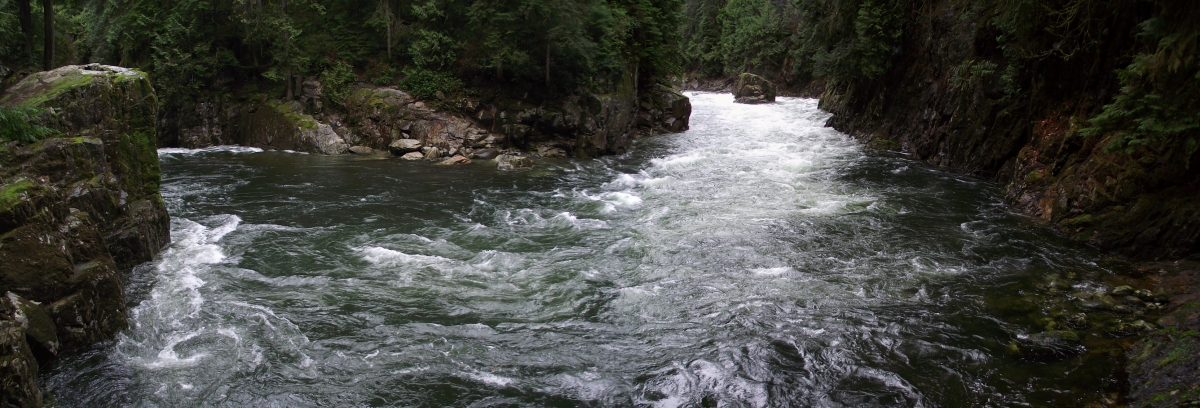
Water Without Borders provides readers with a general overview of water along the 49th parallel, as well as insight into specific issues.
To that end, Part One provides an overview of issues impacting the health and sustainability of our shared waters. In this section, authors explore recent developments in transboundary water governance, including increased participation of First Nations and local actors in transboundary water governance, and the changing role of the International Joint Commission. The section also tackles the most controversial issues related to Canada-U.S. water — bulk water transfers — and provides a broad overview of key water management challenges currently facing Canada and the United States.
Part Two of the volume presents expert commentaries on key flashpoints along the border—transboundary waters which are sources of conflict. These flashpoints include: the negotiation of the Columbia River Treaty, water quality in the Flathead River Basin, flooding and water quality in the Devils Lake / Red River Basin, water allocation in the St. Mary and Milk Rivers, and invasive species and declining water quality in the Great Lakes Basin.
Original maps by Eric Leinberger (cartographer), Department of Geography, UBC.
Each chapter in Part Two focuses on a single flashpoint, and has been jointly authored by experts from either side of the border. The Canadian and U.S. co-authors collaborated on the writing of each chapter, providing a nuanced perspective and a collaborative assessment of key issues and possible solutions for each flashpoint.
Particularly noteworthy is the fact that most chapters emphasize that solutions to transboundary water conflicts have taken the form of working around — rather than through — conventional institutions for transboundary water governance. The transboundary cooperation and collaboration that characterizes these chapters epitomizes, we feel, how shared governance can function effectively: through hard work, clear lines of communication, sustained contact, and mutual trust.
The book concludes by reflecting on the possibility of ‘borderless’ water in a world rife with both cultural and political borders.
Table of Contents
- Introduction
Emma S. Norman, Alice Cohen, and Karen Bakker - Issues, Approaches, and Challenges
- Indigenous Peoples and Water: Governing Across Borders
Merrell-Ann S. Phare - Rise of the Local? Delegation and Devolution in Transboundary Water Governance
Emma S. Norman and Karen Bakker - The IJC and Transboundary Water Disputes: Past, Present, and Future
Murray Clamen - Continental Bulk Water Transfers: Chimera or Real Possibility?
Frédéric Lasserre - Key Issues in Canada-US Water Governance
Ralph Pentland
- Indigenous Peoples and Water: Governing Across Borders
- Flashpoints, Conflict, and Cooperation

Photo by Don Erhardt
Editors and Contributors
- The Columbia River Treaty
John Shurts and Richard Paisley - Apportionment of the St. Mary and Milk River
Nigel Bankes and Elizabeth Bourget - Devils Lake and Red River Basin
Norman Brandson and Robert Hearne - Flathead Valley Flashpoint
Harvey Locke and Matthew McKinney - The Great Lakes: A Model of Transboundary Cooperation
Jamie Linton and Noah Hall
- The Columbia River Treaty
- Looking Back, Looking Forward: Conclusion
Alice Cohen, Emma S. Norman, and Karen Bakker
Our hope is that over the next one hundred years of co-management and neighbourly relations, Canada and the United States will rise to the challenge of inclusiveness and equity; integrate science more fully with policy; integrate human health with ecosystem health concerns; and cooperate beyond the bounded space of our own backyards, states, provinces, or countries. If we continue to work in the spirit of water without borders, we have every confidence that this hope can be realized.
Emma S. Norman, Alice Cohen, and Karen Bakker


